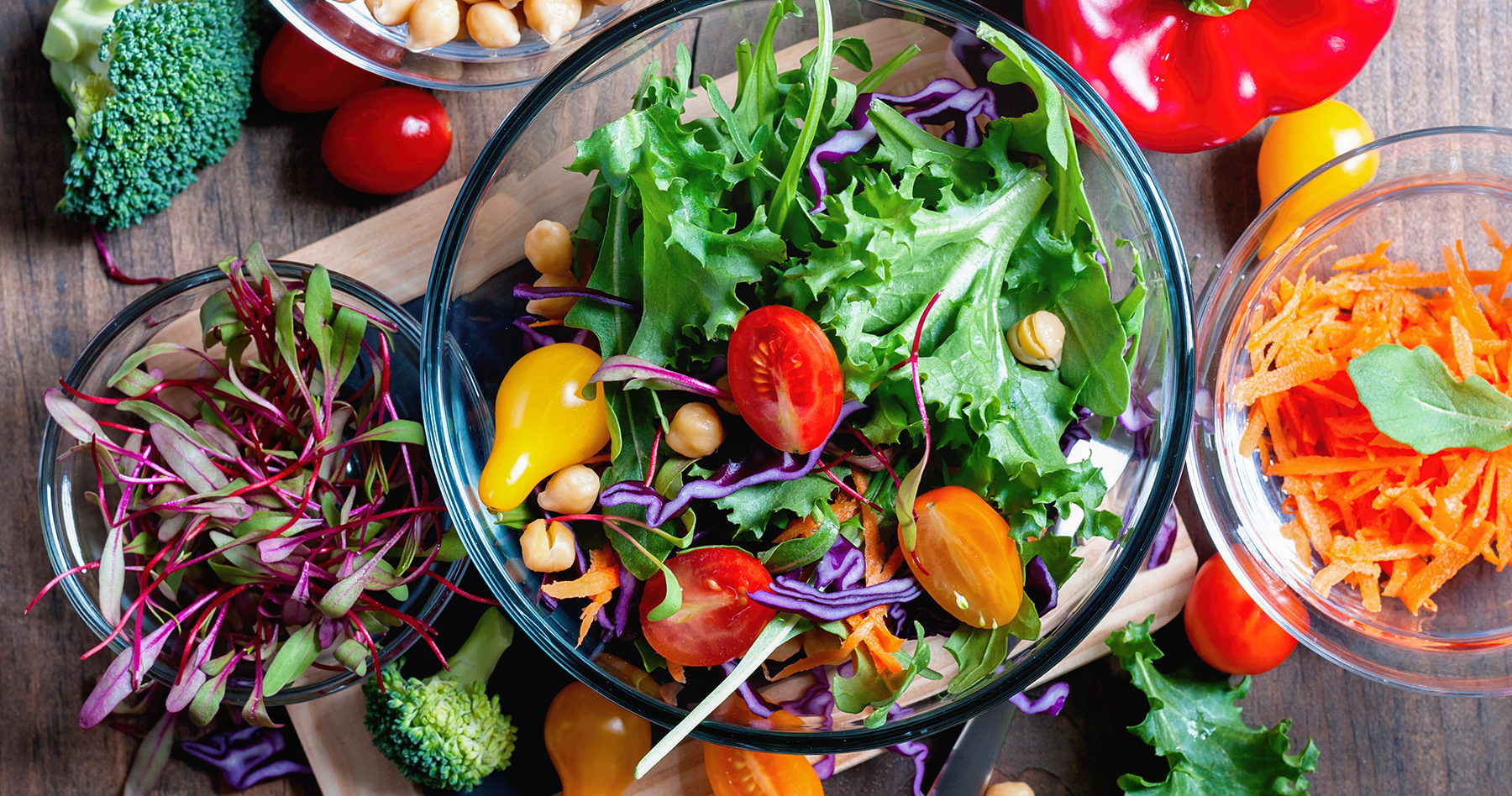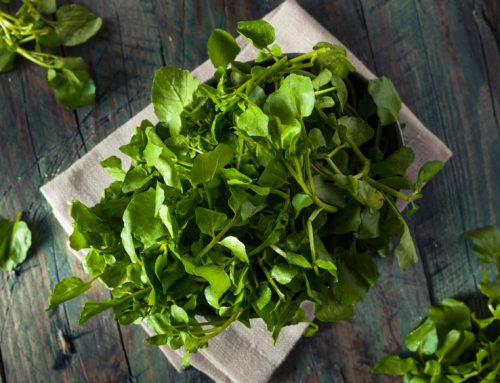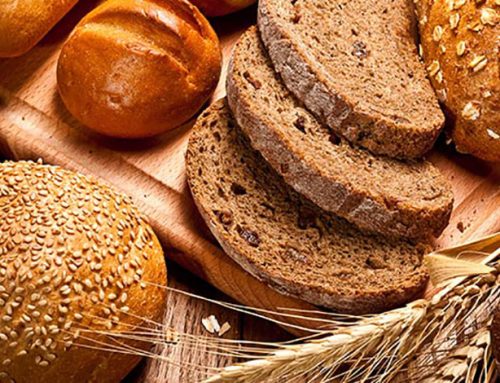How do you reduce portion size without feeling deprived? This is a challenging issue when you’re used to eating restaurant-sized food portions.
When you’re trying to lose weight, you might start by eating less.
But how do you scale back your portions without going hungry?
Thankfully, there are several strategies you can use to cut calories while keeping hunger at bay.
Easy Ways to Reduce Portion Size without Deprivation
1. Make at Least Half Your Plate Veggies
Vegetables have lots of filling water and fiber, but not a lot of calories.
By replacing half the starch or protein of your meal with non-starchy vegetables, you can eat the same volume of food and still slash overall calories.
And research has shown that the amount of food you eat is a factor in feeling full. Try scaling down the portions of other foods and fill the rest of your plate with non-starchy vegetables.
You can apply this same concept when making mixed dishes. Just add more vegetables to your favorite recipes to make them lower in calories and more nutrient-dense.
2. Eat Protein with Every Meal or Snack
Science has repeatedly shown that protein increases feelings of fullness more than carbs or fat.
The researchers found that individuals who ate the protein-rich meals felt fuller in both the short and long term, compared to when their meals contained half that amount of protein.
Focus on lean sources of protein, such as eggs, skinless poultry, dairy, seafood and fish. Plant-based proteins are also good choices, and may include beans, bean dips, tofu and nut butters.
3. Drink Water with Your Meal
Drinking calorie-rich beverages like juice or soda doesn’t make you feel full, but does leave you with extra calories you don’t need.
Drink water or other zero-calorie beverages with your meal to quench your thirst without increasing your calorie intake.
4. Begin with a Vegetable Soup or Salad
It might seem counterintuitive to eat more courses in order to eat less food, but starting your meal with a soup or salad can help you do just that.
Light vegetable soups and salads have something in common: they have a high-water content, are full of fiber-rich veggies and are generally low in calories.
This high-fiber, high-water combo seems to be a great way to curb subsequent calorie intake.
5. Use Smaller Plates and Forks
It might sound strange, but the size of your plates and eating utensils affects how much you eat.
And when you have more on your plate, you’re likely to eat more.
So, harness the power of illusion and use a smaller plate and utensils. The same portion will look bigger and you’ll likely eat less.
6. Eat Mindfully
Distracted eating tends to lead you to eat more, not just at that meal, but for the rest of the day.
Mindful eating, the practice of paying full attention to what you eat without distractions, helps you notice your body’s hunger and fullness cues, so that you can actually know when you’ve had enough.
Mindfulness can also help you distinguish between physical hunger and emotional hunger.
When you feel hungry, ask yourself if you’re actually hungry or if you’re just wanting to eat because you’re bored or experiencing another emotion.
If you’re in the habit of eating emotionally, try some other strategies before eating, such as going for a walk, exercising, having a cup of tea or journaling.
And instead of multitasking at mealtime, try setting aside at least 20 minutes to tune into your food, taking time to smell it, taste it and feel its effect on your body.
7. Spice Up Your Meals
Adding hot peppers to your food may help you eat less.
A compound in hot peppers called capsaicin can actually help reduce appetite and hunger. If you can’t take the heat, ginger may have a similar effect.
8. Eat More Soluble Fiber
In general, fiber-rich foods can help you feel full.
And foods with soluble fiber, such as oatmeal, pears and beans, are particularly filling. That’s because soluble fiber holds more water, giving it bulk.
In the digestive tract, soluble fiber produces a thick gel that helps slow digestion, keeping hunger at bay.
Click here to read more about how to reduce portion size.







